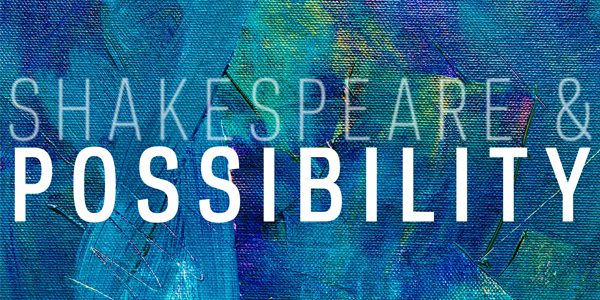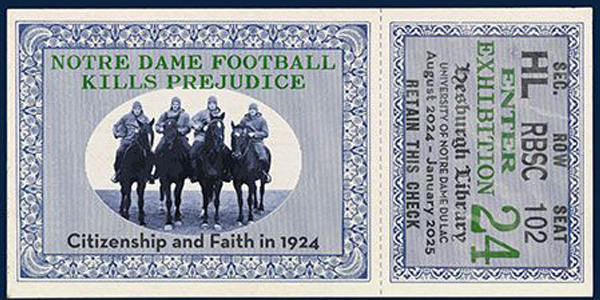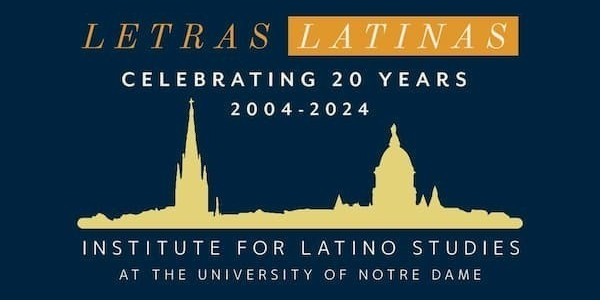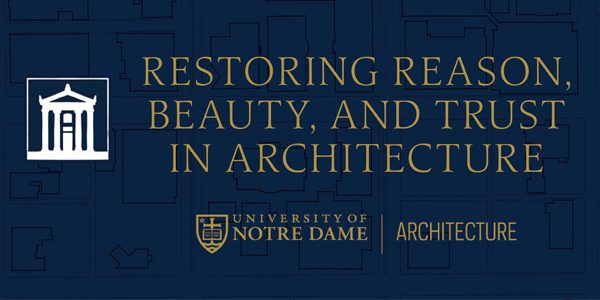Dante’s Chorographies: From the Territory to the Comedy
Please note, this lecture will be held in Italian. The description of this event in Italian follows the English version.
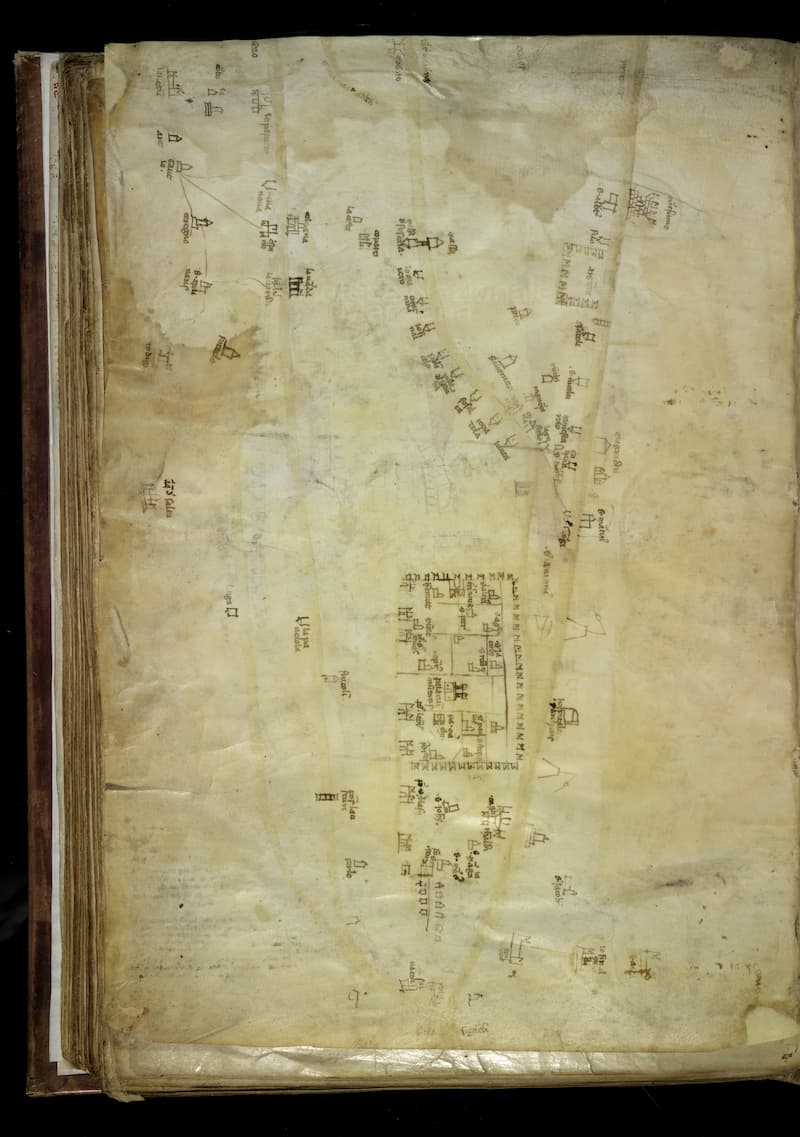
Between the 13th and 14th centuries, medieval Italian culture witnessed the emergence of regional and local territorial representations more prominently than in the rest of Europe. This detailed chorography, which developed both in the visual language of cartography and the verbal language of writing, evidently corresponds to the new practices of urban society, playing a central role in the conquest of rural areas and the increase in mobility, thereby engaging in a process of conceptual appropriation of space. Despite the diversity of expressive tools, the graphic and verbal chorography of the early 14th century reflect similar forms of territorial knowledge, based on an odological perspective and the need to reproduce the actual spatial and proportional relationships between the geographical objects represented. Moreover, Dante’s Comedy contains important chorography, composed in the formalized language of poetry. The analysis of these passages reveals construction methods perfectly integrated into the knowledge practices and the culture of territorial representation characteristic of his time. Join us on Thursday, October 3, 2024, from 5:00 p.m. to 6:30 p.m. ET.
Corografie dantesche. Dal territorio alla Commedia
La cultura italiana medievale fra Duecento e Trecento registra l’emersione di rappresentazioni territoriali di taglio regionale e locale, in misura più significativa di quanto avviene nel resto d’Europa. Si tratta di dettagliate corografie realizzate sia mediante il linguaggio visivo della cartografia, sia quello verbale della scrittura. La circostanza evidentemente risponde alle nuove pratiche della società urbana, protagonista della conquista del contado e dell’incremento della mobilità, quindi impegnata in un processo di appropriazione concettuale dello spazio. Pur nella diversità degli strumenti espressivi, le corografie grafiche e verbali del primo Trecento riflettono forme analoghe di conoscenza del territorio, fondate su una prospettiva odologica e sull’esigenza di riprodurre i reali rapporti spaziali e mensurali tra gli oggetti geografici rappresentati. Anche la Commedia di Dante contiene importanti corografie, composte nel linguaggio formalizzato Della poesia: l’analisi di questi brani rivela modalità di costruzione perfettamente inserite nelle prassi conoscitive e nella cultura della rappresentazione del territorio propria del suo tempo.
Speakers:
Giovanna Corazza
For more information visit the event website.
More Like This
Related PostsLet your curiosity roam! If you enjoyed the insights here, we think you might enjoy discovering the following publications.

